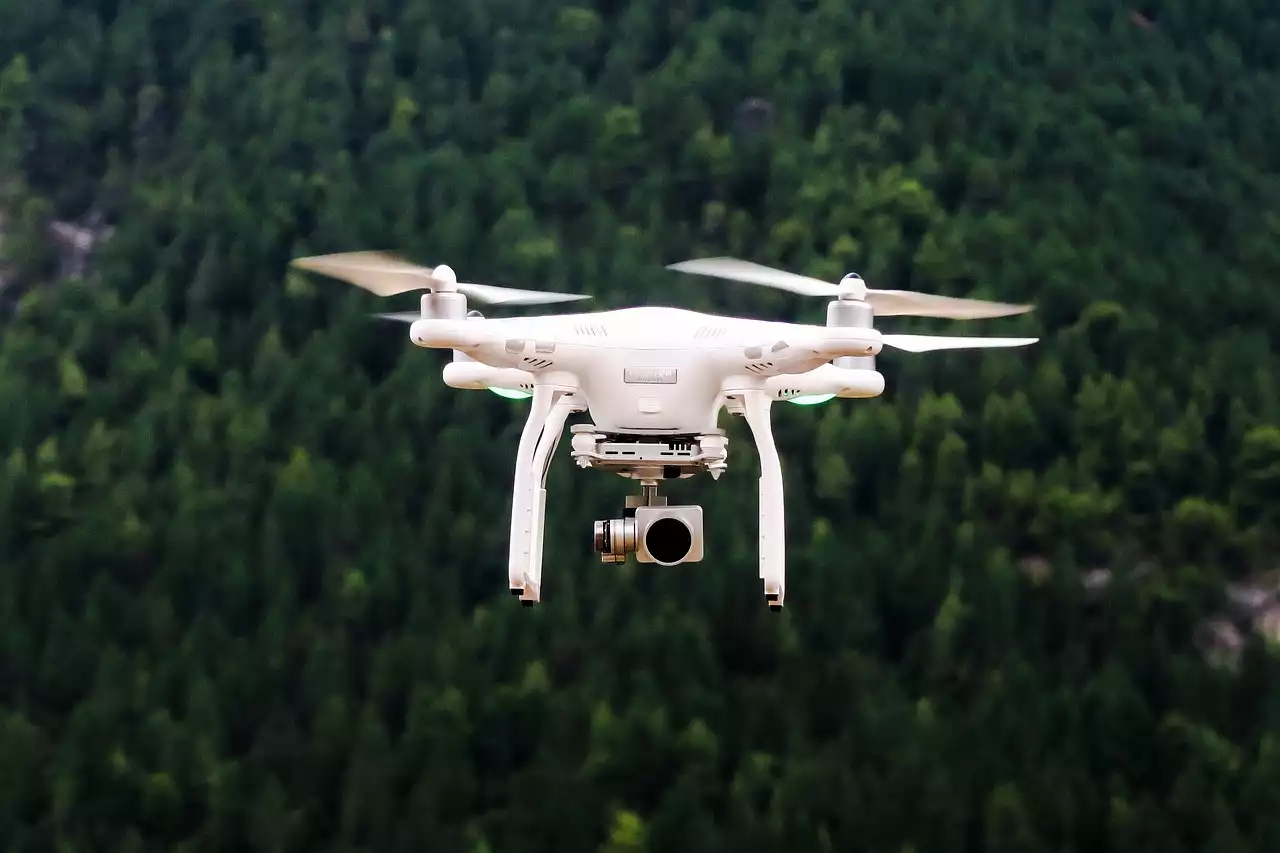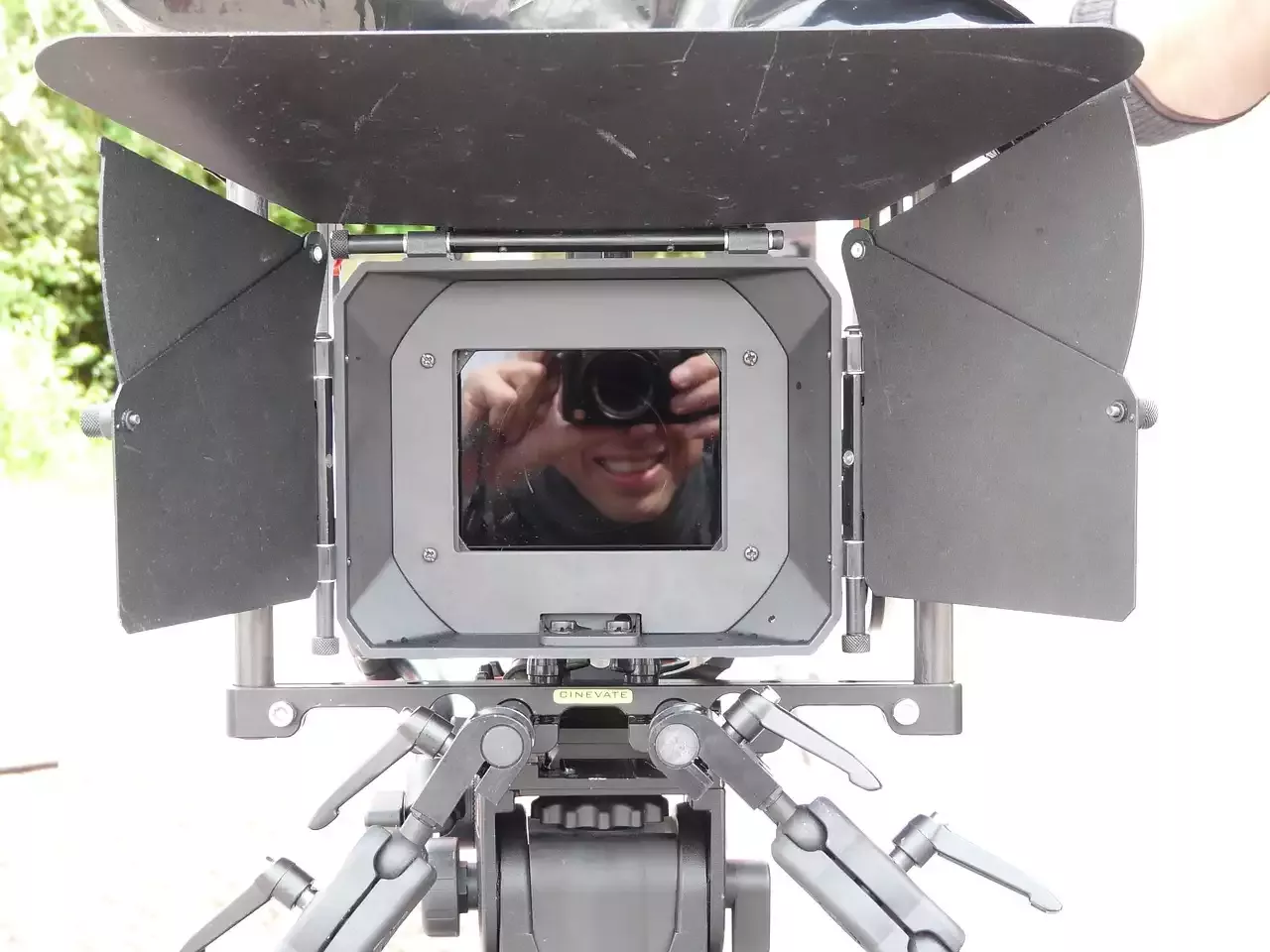What is drone maintenance?
Drones are powered by batteries. The type of battery you choose will depend on your specific needs and the environment you fly in. While there are many types of batteries, they can be broadly categorized into “rechargeable” and “alkaline” batteries. “Rechargeable” batteries are the most common type of battery used in drones and are typically charged via a USB port. There are a few maintenance tasks you’ll want to complete on a regular basis to keep your drone’s battery healthy and avoid potential issues. These are just a few examples of what you might want to do:
- Monitor and adjust your drone’s power settings to avoid overheating
- Clean your drone’s propellers to avoid buildup
- Check your drone’s camera and flight controller to avoid damage
- Update your drone’s software to avoid out-of-date settings
Why is it important to maintain your drone?
When you’re ready to take your drone for its first flight, it’s important to make sure that your drone is in its best possible condition. If you’re not able to take the time to properly maintain your drone, it could end up with a number of issues that could be dangerous for both you and the people around you. A lack of care could cause your drone to overheat, damage its propellers, break its camera, or even cause a crash. If any of these things happen, you could be seriously injured or lose control of the drone entirely, possibly harming others. Preventing these issues will not only help you avoid any downtime but will also help you enjoy your drone for as long as possible.
Battery care
When you charge your drone’s battery, you want it to be full. If it’s not, the battery will take longer to charge and could even potentially overheat. To avoid this, make sure to charge your drone’s battery to around 80% to avoid damaging it. Ideally, you want to charge your drone’s battery when you’re not using it. Take the time to charge the battery whenever you can, rather than leaving it on the charger overnight. This will prevent your drone’s battery from being overcharged and damaged.
Cleaning your drone’s propellers
Propwash, or the rush of air created by your drone’s propellers, is a strong enough force that it can break glass or cause injury if it hits someone. This is especially dangerous if you have young children or pets in the area. If your drone is equipped with propwash, you can clean its propellers with a soft-bristled toothbrush. Make sure to brush in one direction only to prevent damage to the prop and control surfaces. Allow the drone to cool down before you do this again so you don’t overheat the prop. Over time, propwash can cause the drone’s blades to become dirty and cause them to vibrate less smoothly. This is especially common in propwash-capable drones. If your drone’s blades are dirty but it still has propwash, it could cause damage to itself and potentially harm both you and the people around you.
Regular inspections
Regular inspections are one of the best ways to prevent serious issues with your drone’s battery, propellers, and other components. The best time to do this is after the propellers have been cleaned and the battery has been charged. You want to make sure that there isn’t any damage to your drone’s components before they start to cause issues. Make sure to check your drone’s flight controller, ESC (electronic speed controller), camera, propellers, and other major components. It’s important to check your components for any potential issues before they cause damage to your drone and cause you to lose control.
Software updates
New features are being added to the vast majority of drone operating systems every day. As new features and software updates are released, you’ll want to ensure that your drone’s operating system is up-to-date. This prevents your drone from having out-of-date settings that could damage your drone or cause it to malfunction. Some operating systems, such as DJI, make this easy to do by automatically updating the operating system software on your drone. You don’t have to manually update your drone’s software, but doing so will ensure that you have the latest settings and prevent issues with your drone’s system. If your operating system is more updated than your drone’s software, updating the drone’s software can be a good idea.
Extending the life of your drone
There are a few ways you can extend the life of your drone’s battery, including turning off vibration, not flying in the rain, and ensuring that you don’t let the battery completely discharge. Turning off vibration is an easy way to extend the life of your drone’s battery. This prevents the drone’s blades from creating a lot of friction with the air as they spin. This will keep your battery from wearing down as quickly. Not flying in the rain is essential to keeping your drone’s battery safe. When your drone’s battery gets wet, the chemicals inside of the battery can begin to deteriorate, causing the battery to lose power and run the risk of overheating. Turning off your drone when it’s raining will ensure that it doesn’t become damaged.
Tips for keeping your drone in top shape
- Always charge your drone’s battery to 80% before use. This will prevent damage to your battery and help it last a bit longer between charges.
- Always keep your drone grounded when charging. This will prevent it from accidentally getting airborne when it’s being charged.
- If you need to charge your drone in an area where it’s difficult to keep it grounded, use an external battery to charge it. This will prevent it from getting too hot and will allow you to charge it in the same location.
- Always keep your drone’s propellers clean and free of debris. This will prevent them from getting damaged and will help keep your drone’s blades running smoothly.
- The life of your drone’s battery will be greatly affected by the temperature inside and outside of your home. Try to avoid storing your drone in direct sunlight or in an area where the temperature is extremely hot or cold. This will greatly shorten the life of your battery.









